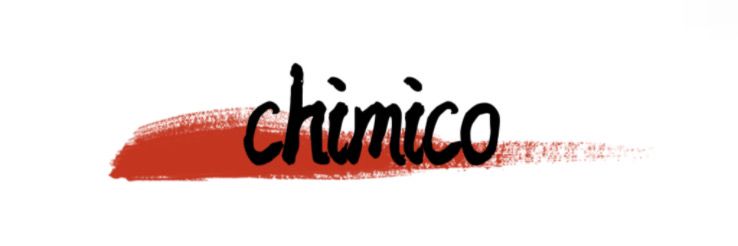How Can Yellow Masterbatch Transform Sustainability?
In recent years, sustainability has become a primary focus for industries around the globe. As businesses seek solutions that enhance their eco-friendliness while maintaining product quality, yellow masterbatch has emerged as a crucial component in plastic manufacturing. Masterbatch, a concentrated mixture of pigments and additives, is used to color plastics efficiently. The growing market demand for sustainable materials presents an exciting opportunity for yellow masterbatch to play a transformative role.
Contact us to discuss your requirements of yellow masterbatch. Our experienced sales team can help you identify the options that best suit your needs.
Core Features and Functions of Yellow Masterbatch
Yellow masterbatch is designed with several key features that differentiate it from traditional coloring methods. Firstly, its high pigment concentration ensures vibrant coloration while minimizing the amount of additive needed. This leads to less waste, aligning with sustainable practices. The product is also known for its excellent dispersion qualities, which allow for uniform color distribution during the manufacturing process. Additionally, yellow masterbatch is compatible with various polymers, including polyethylene, polypropylene, and polystyrene, making it versatile for numerous applications.
One of the most vital aspects of yellow masterbatch is its adherence to industry standards, including ASTM D4283 and ISO 11469, which ensures both performance and safety in various applications. Furthermore, many formulations are crafted to be environmentally friendly, such as being free from heavy metals and meeting compliance with REACH regulations.
Advantages and Application Scenarios
The primary advantages of using yellow masterbatch in manufacturing processes are enhanced sustainability and cost-effectiveness. By consolidating coloring materials into a masterbatch, manufacturers reduce the number of additives needed and minimize processing waste. This not only cuts down on production costs but also significantly lowers the carbon footprint associated with polymer coloring.
Application scenarios for yellow masterbatch are diverse. In the packaging sector, for example, yellow masterbatch can be used to produce eye-catching food containers that appeal to consumers while being made from recyclable materials. The automotive industry also benefits, with yellow masterbatch contributing vibrant hues to vehicle interiors and exteriors without compromising the sustainability of the production processes. Furthermore, yellow masterbatch is increasingly used in the creation of eco-friendly agricultural films, which provide UV protection while being fully recyclable.
Successful Cases and User Feedback
Several companies have successfully integrated yellow masterbatch into their production lines, yielding impressive results. For instance, a leading manufacturer of biodegradable packaging reported a 30% reduction in material waste after switching to yellow masterbatch for their coloring needs. Users have praised the ease of processing and exceptional color quality, which have helped them stand out in saturated markets. Feedback highlights how yellow masterbatch has become a vital tool for achieving environmental goals without sacrificing visual appeal.
Future Development Potential and Suggestions
Looking ahead, the potential for yellow masterbatch to contribute to sustainable practices remains promising. Innovations in bio-based masterbatches, which utilize renewable resources, could enhance the eco-friendliness of end products even further. Additionally, as regulatory standards become stricter, companies that invest in yellow masterbatch solutions can position themselves favorably, meeting both legal requirements and consumer demand.
To capitalize on this potential, manufacturers should consider investing in research and development aimed at creating more efficient and sustainable formulations of yellow masterbatch. Collaborations with environmental organizations may also help foster innovation in product development, ensuring that advancements align with global sustainability goals.
In conclusion, yellow masterbatch is more than a coloring agent; it is a transformative solution that can enhance sustainability in the plastics industry. Its technical parameters, including high pigment concentration and compliance with industry standards, underscore its role in eco-friendly manufacturing. If you're interested in learning how yellow masterbatch can revolutionize your production processes, contact us for more information or to explore tailored solutions.
Want more information on pvc masterbatch? Feel free to contact us.
- Previous: None
- Next: Top 5 Benefits of Using Plastic Masterbatch in Manufacturing


